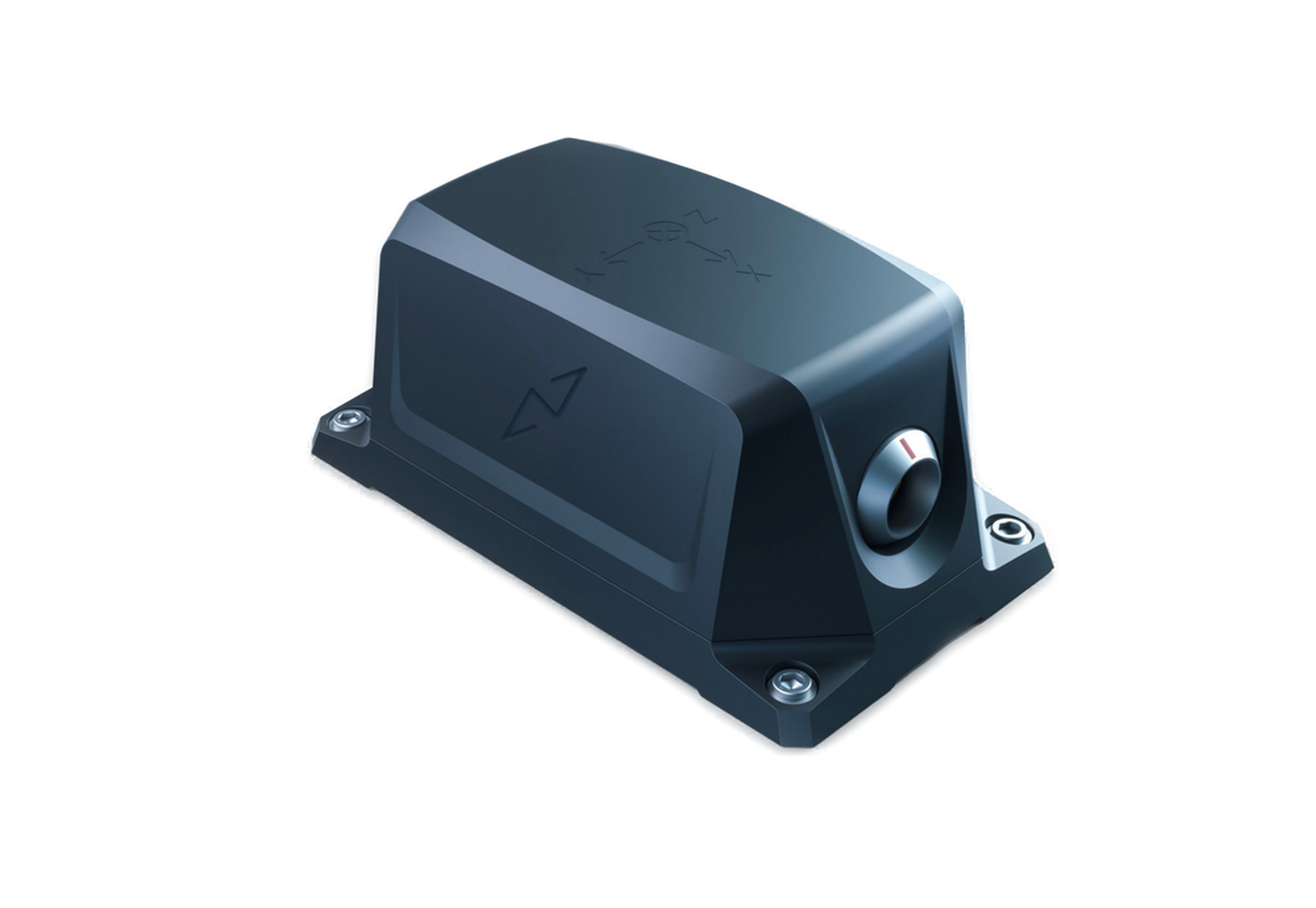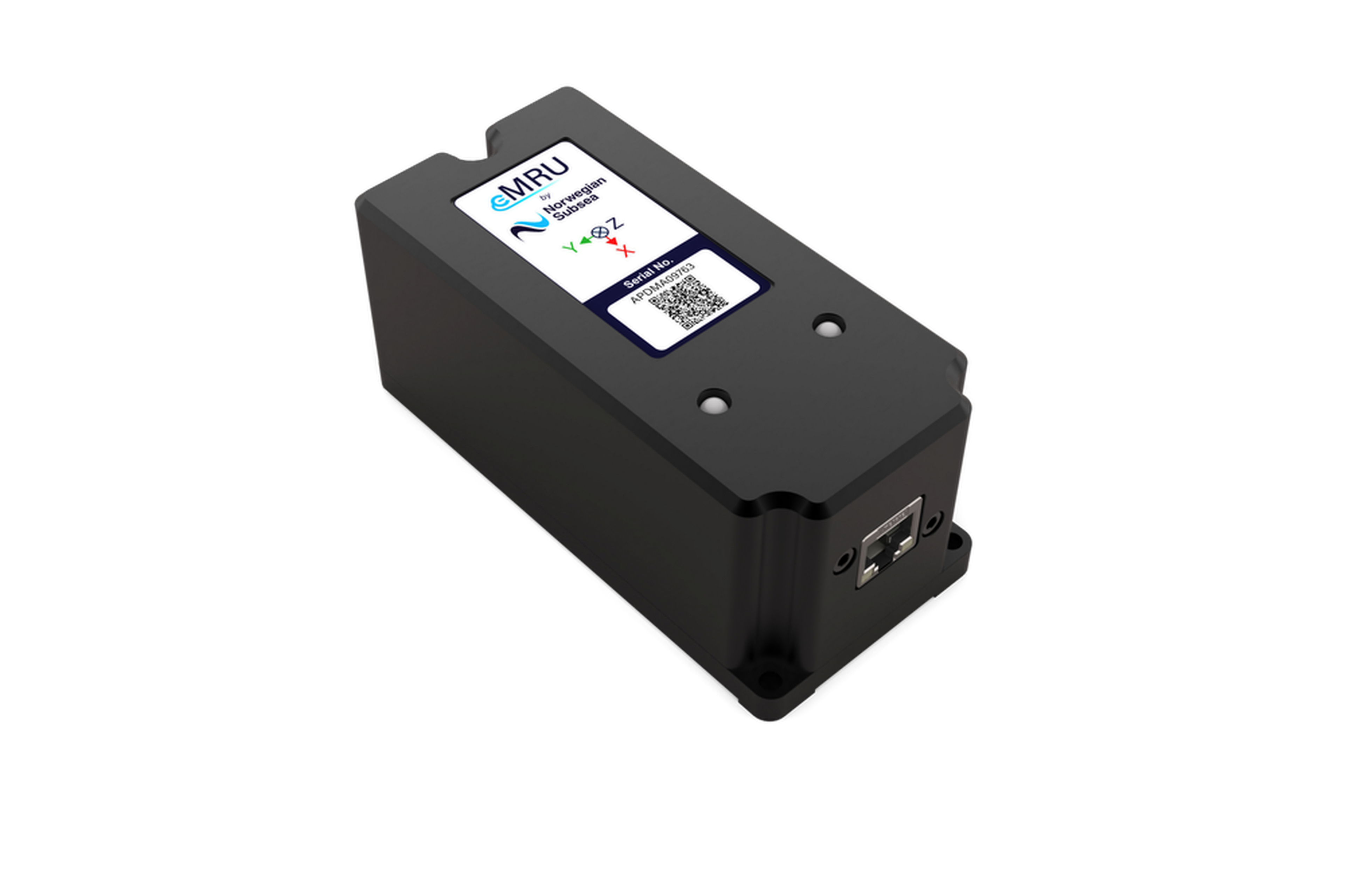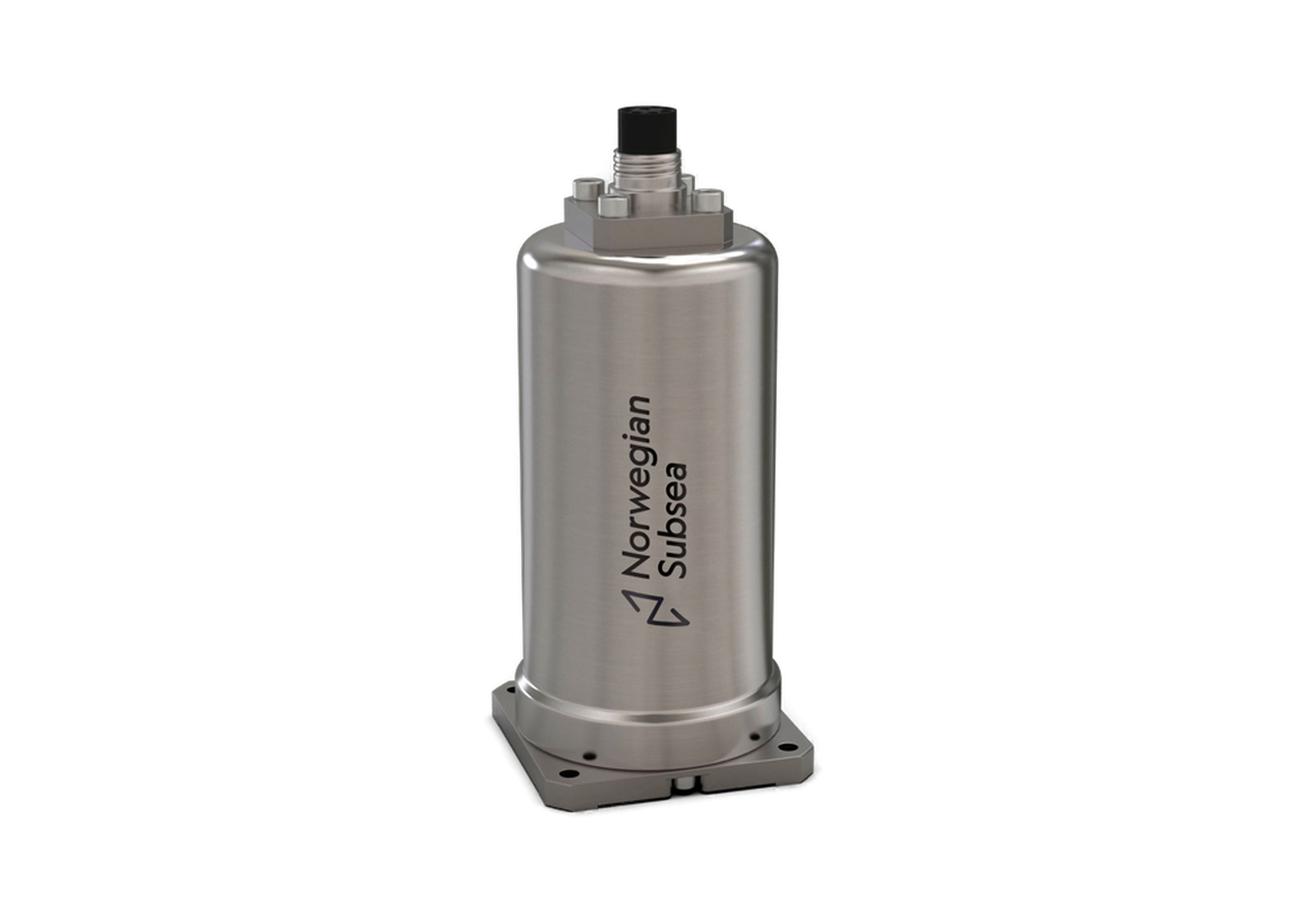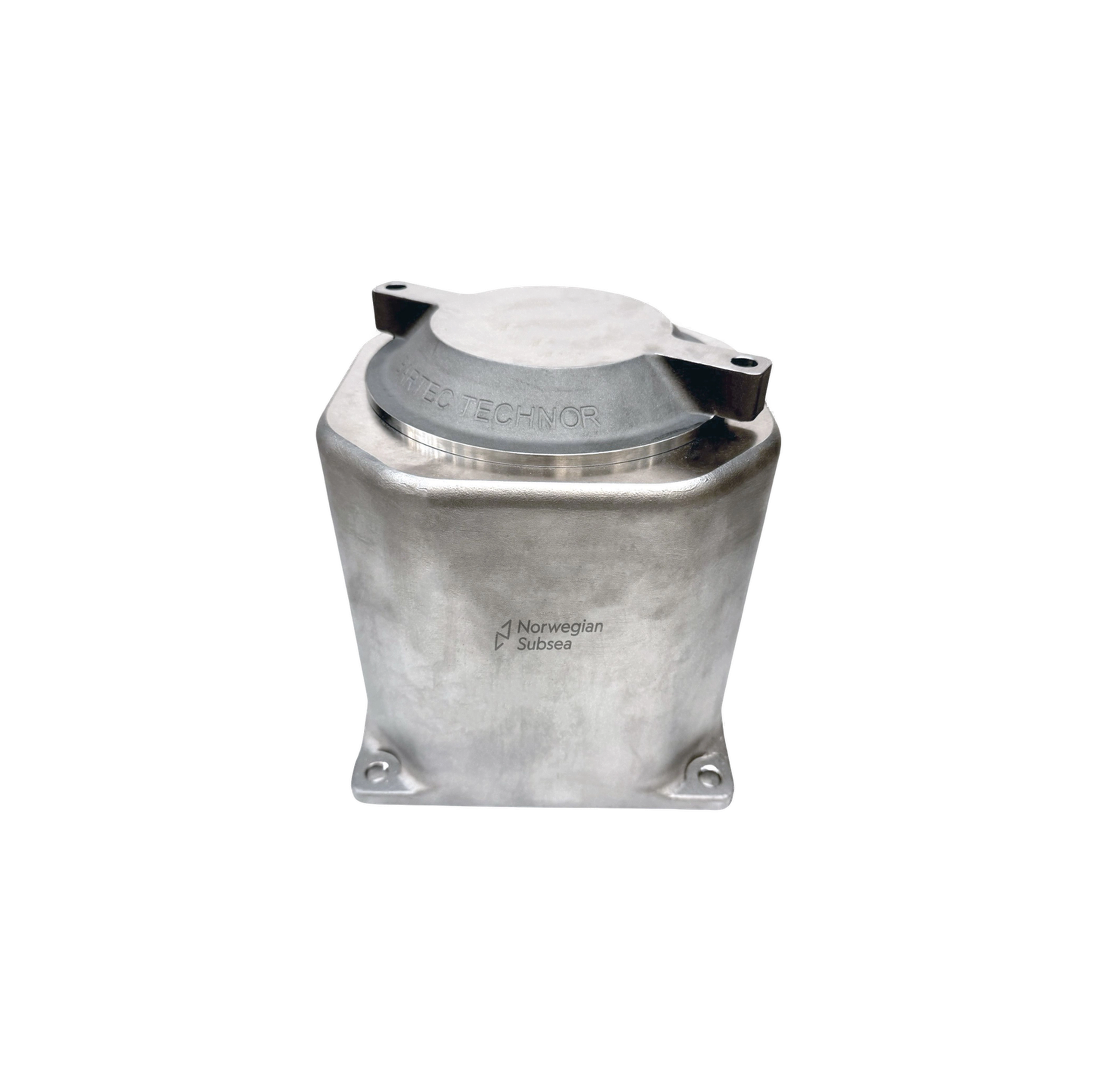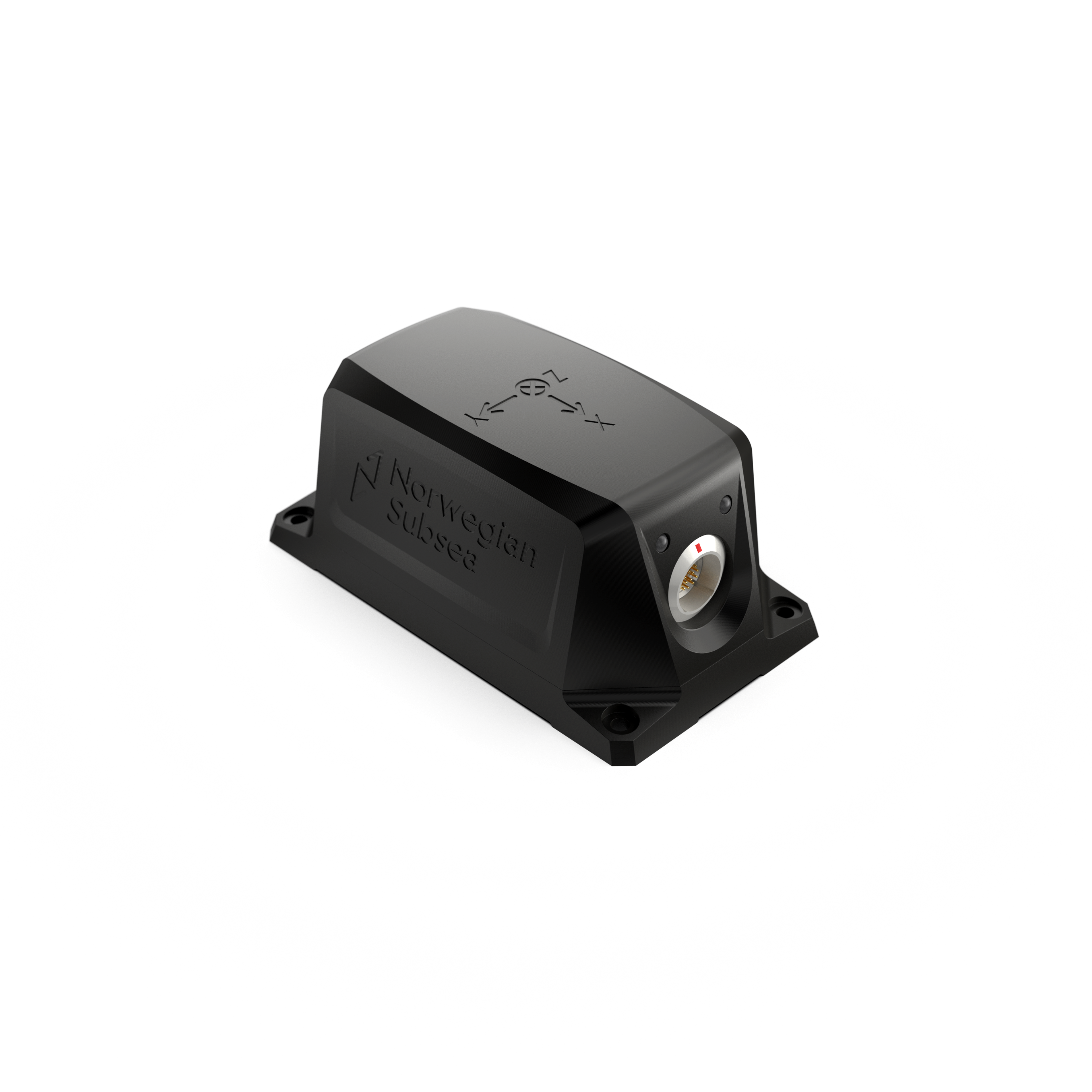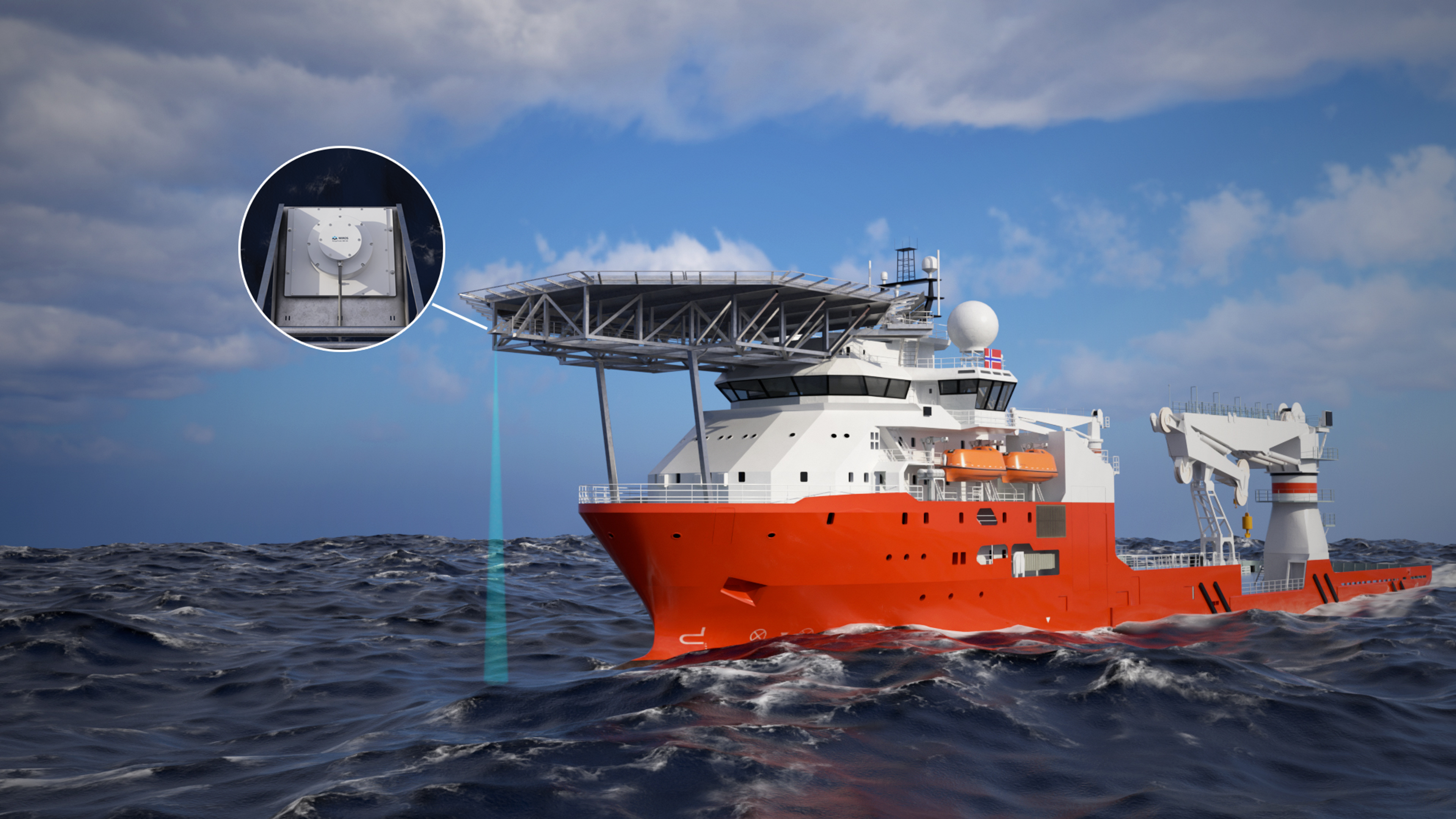What is an Attitude and Heading Reference System (AHRS)?
When navigating the complexities of motion sensing and navigation systems, it is essential to understand the distinctions between devices and systems like Inertial Measurement Units (IMUs), Inclinometers, Roll & Pitch sensors, Vertical Reference Units (VRU), Attitude and Heading Reference Systems (AHRS), Motion Reference Units (MRUs), Gyrocompasses, and GNSS-Aided Inertial Navigation Systems (GNSS/INS). Each serves specific purposes and offers different levels of functionality, accuracy, and application scope.
Attitude and Heading Reference System (AHRS)
Definition: An Attitude and Heading Reference System (AHRS) is an integrated system that builds on the capabilities of a Roll & Pitch sensor, offering complete orientation information—roll, pitch, and yaw (heading). It achieves this by processing data from an IMU combined with additional sensors, such as magnetometers or, in some cases, a north-seeking gyro (commonly referred to as a gyrocompass). An AHRS features an onboard processing unit that calculates attitude (roll and pitch) and heading using sensor fusion algorithms such as Kalman filters. It integrates data from accelerometers, gyroscopes, and magnetometers, applying these algorithms to correct sensor errors, biases, and drift, ensuring accurate and drift-free orientation. While combining sensors in an AHRS addresses many limitations, magnetic disturbances can still pose a challenge. Both internal and external disturbances may affect the magnetometer, potentially impacting the accuracy of the system's heading estimation.
Key Features:
- Sensors Included: Accelerometers, gyroscopes, and magnetometers.
- Output: Orientation data (roll, pitch, and heading).
- Functionality: Incorporates an onboard processing unit that utilizes sensor fusion algorithms (e.g., Kalman filters) to accurately compute orientation data.
- Applications: Provides real-time, accurate orientation data for navigation and control systems.
Example Uses:
- Maritime navigation systems
- Ship Stabilization Systems
- Aviation and drones
Selecting the appropriate sensor depends on the required measurements, environmental conditions, and budget.
- Use an IMU when you need raw acceleration and rotational data.
- Use an Inclinometer for simple, static tilt measurements.
- Use a Roll & Pitch Sensor for lower-level attitude measurements in a dynamic setting.
- Use a VRU when precise roll and pitch measurements are needed in a dynamic environment.
- Use an AHRS for roll, pitch, and heading data.
- Use an MRU for comprehensive motion data in dynamic marine environments.
- Use a Gyrocompass for accurate true north heading.
- Use a GNSS/INS for continuous, absolute position, velocity, and orientation data.
